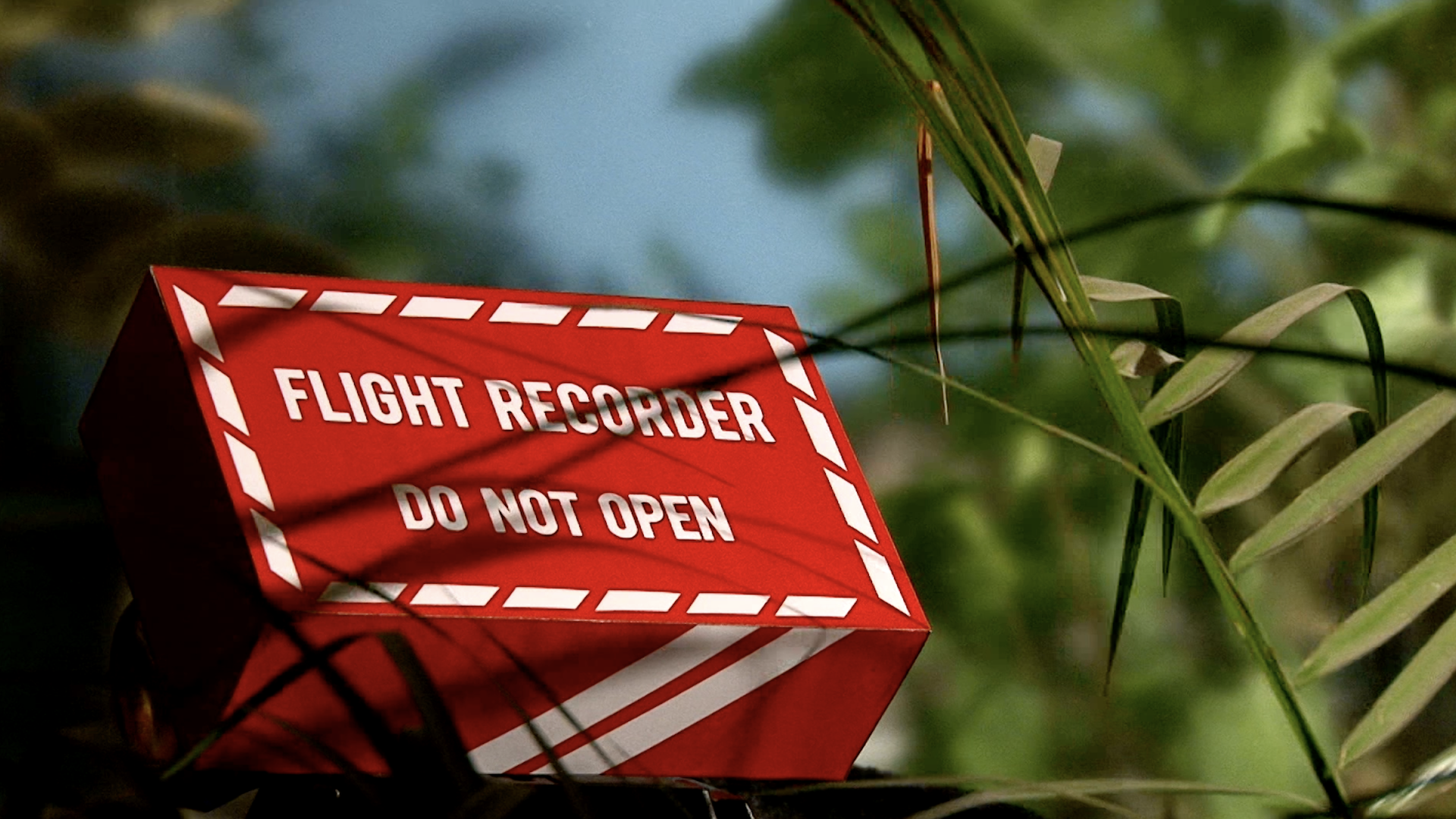
Sascha Pare
Sascha is a U.K.-based staff writer at Live Science. She holds a bachelor’s degree in biology from the University of Southampton in England and a master’s degree in science communication from Imperial College London. Her work has appeared in The Guardian and the health website Zoe. Besides writing, she enjoys playing tennis, bread-making and browsing second-hand shops for hidden gems.
Latest articles by Sascha Pare
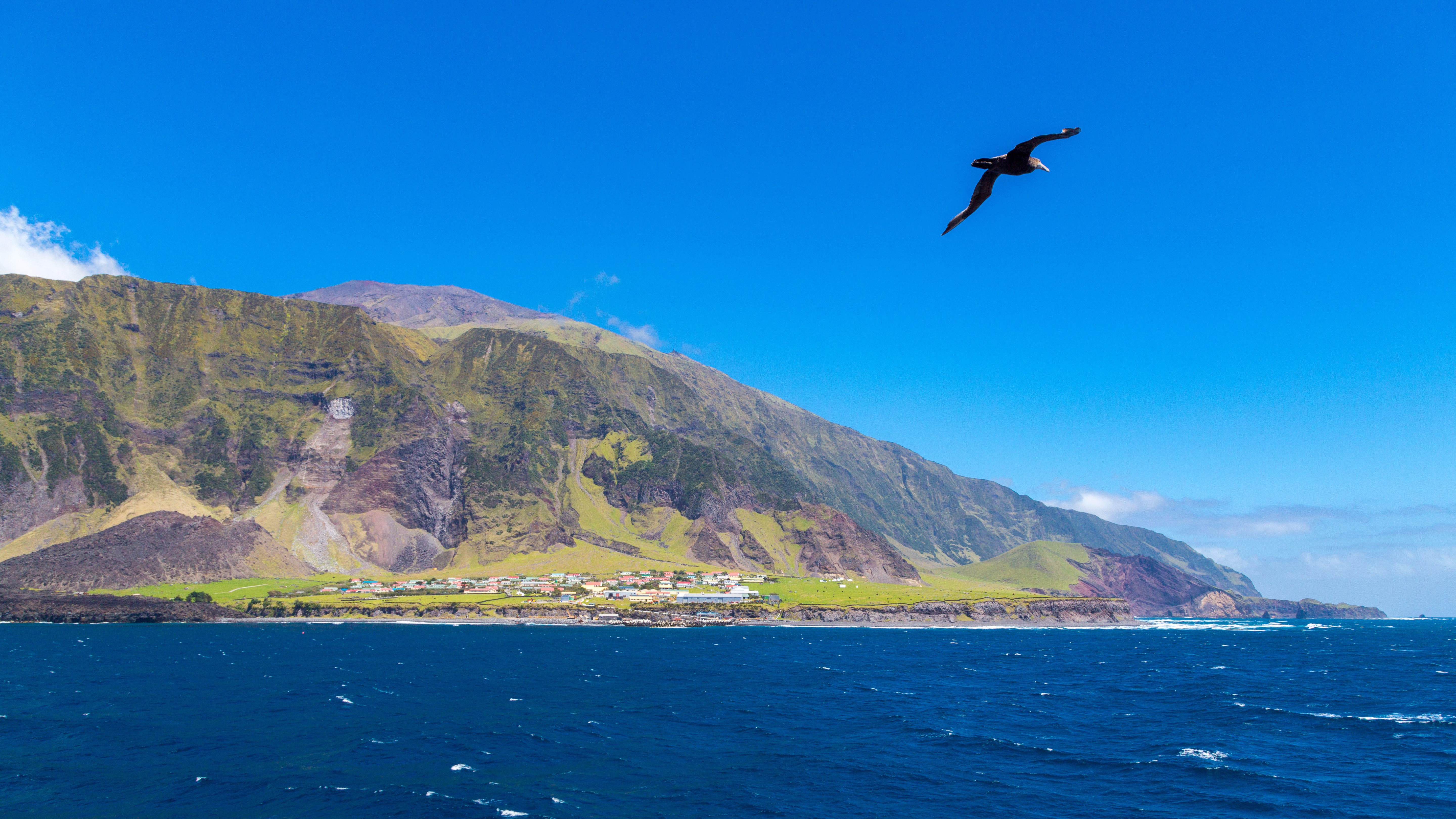
Tristan da Cunha: The most remote inhabited island on Earth, forged from a supercontinent breakup
By Sascha Pare published
Tristan da Cunha is a group of islands in the South Atlantic that formed from the breakup of the supercontinent Gondwana. Today, it's home to a tiny and extremely isolated farming community.
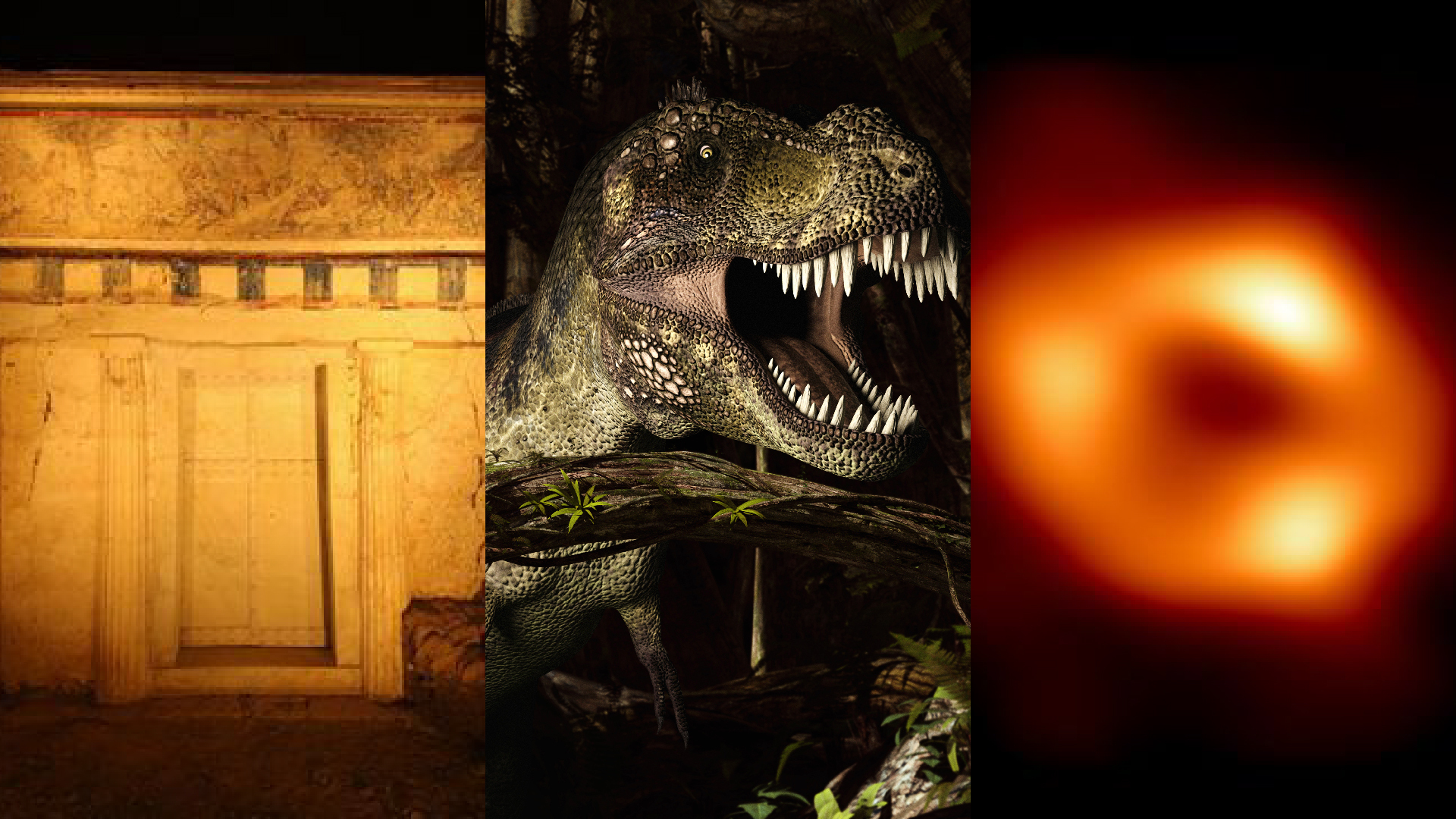
The 8 most controversial science stories of 2024
By Sascha Pare published
From a piece of cloth that may have belonged to Alexander the Great to an image of our galaxy's central black hole, here's our pick of controversial science stories in 2024.
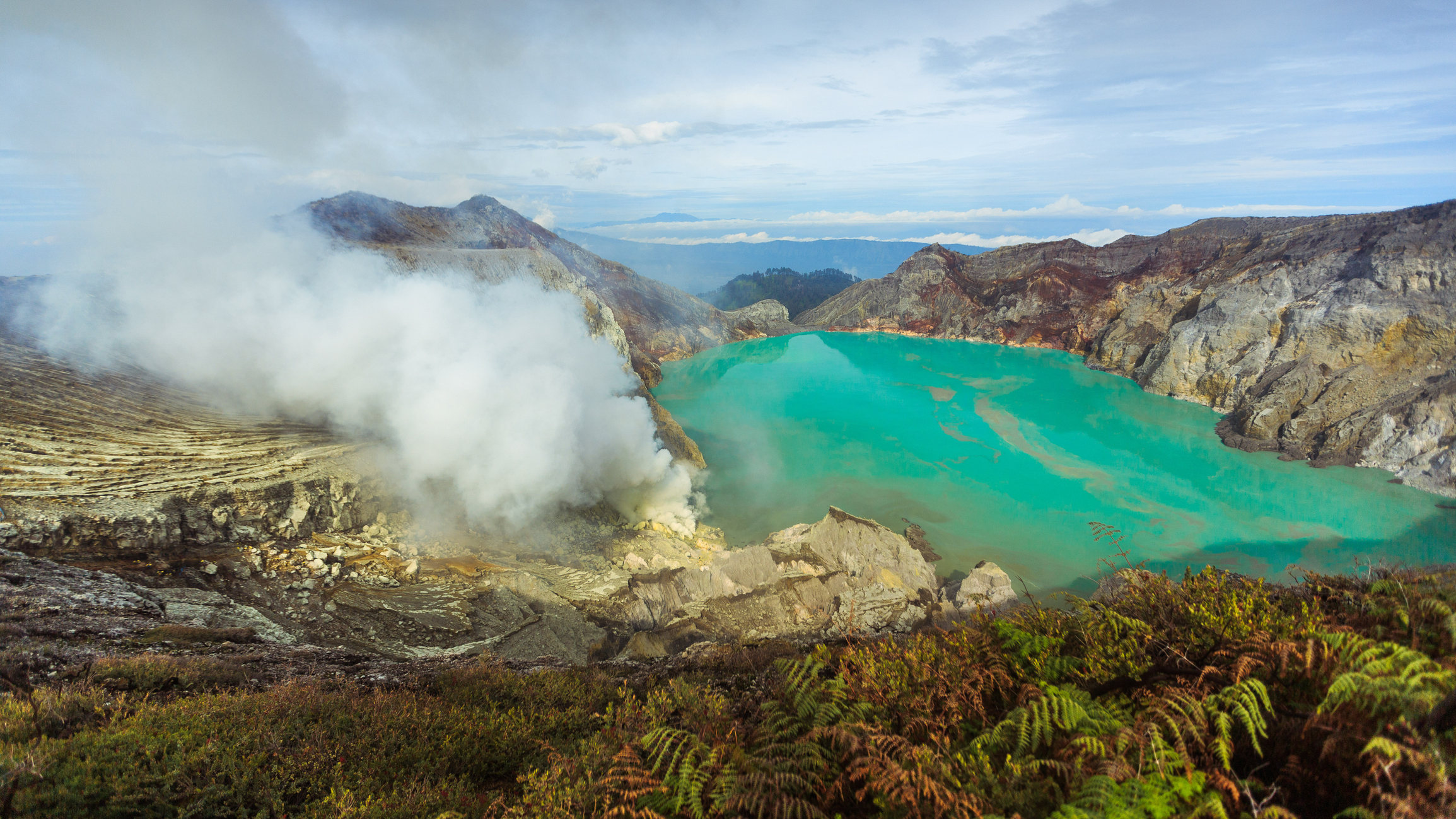
Kawah Ijen: The volcano in Indonesia that holds the world's largest acidic lake at its heart
By Sascha Pare published
Kawah Ijen is an active volcano on the island of Java with an extremely acidic crater lake and gas emissions that produce blue flames upon contact with oxygen in Earth's atmosphere.
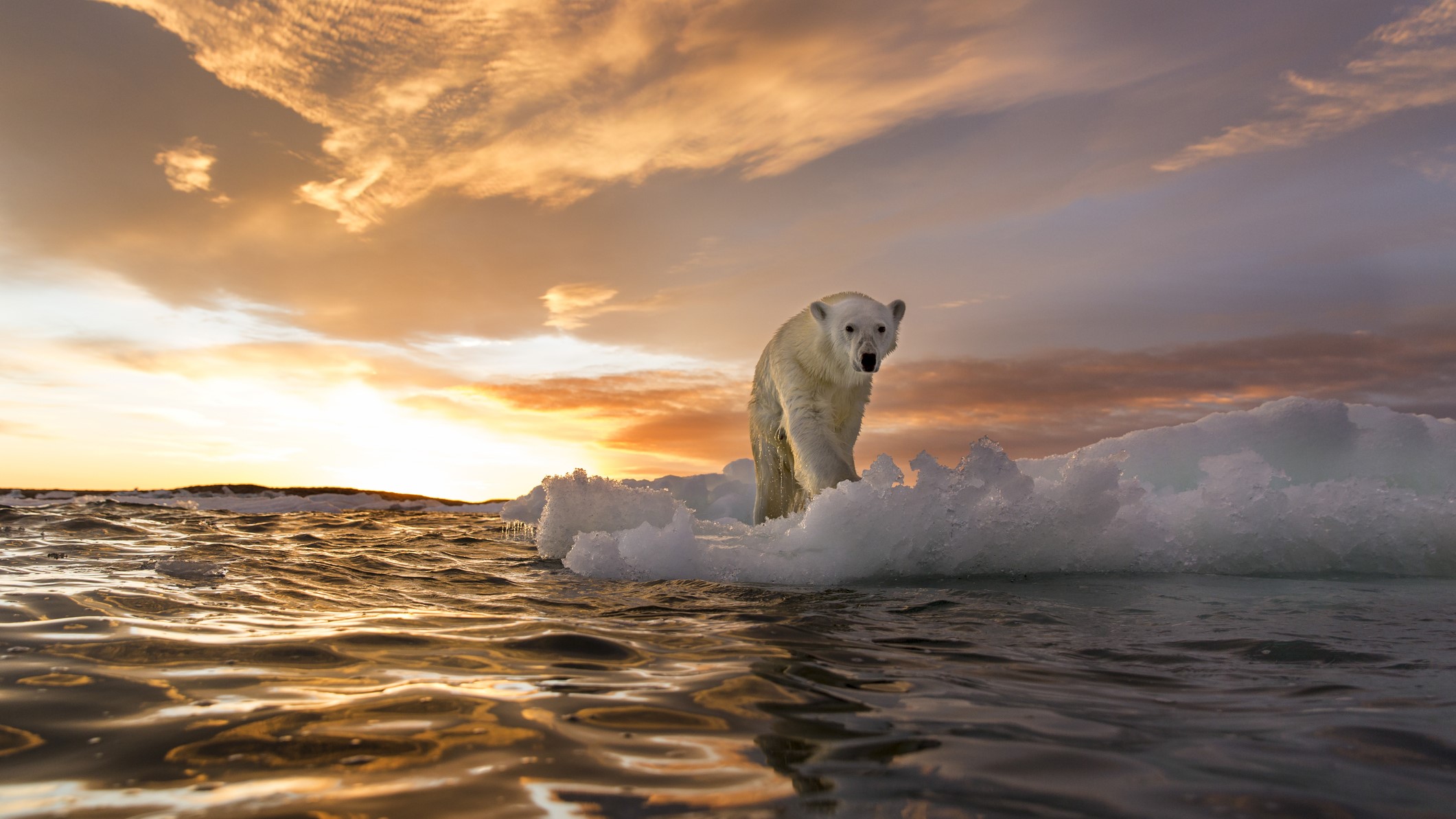
The most important and shocking climate stories of 2024
By Sascha Pare published
Soaring carbon emissions, an unexpected new source of global warming, and collapsing ocean currents shocked scientists in 2024. Here are our picks for this year's top climate change stories.
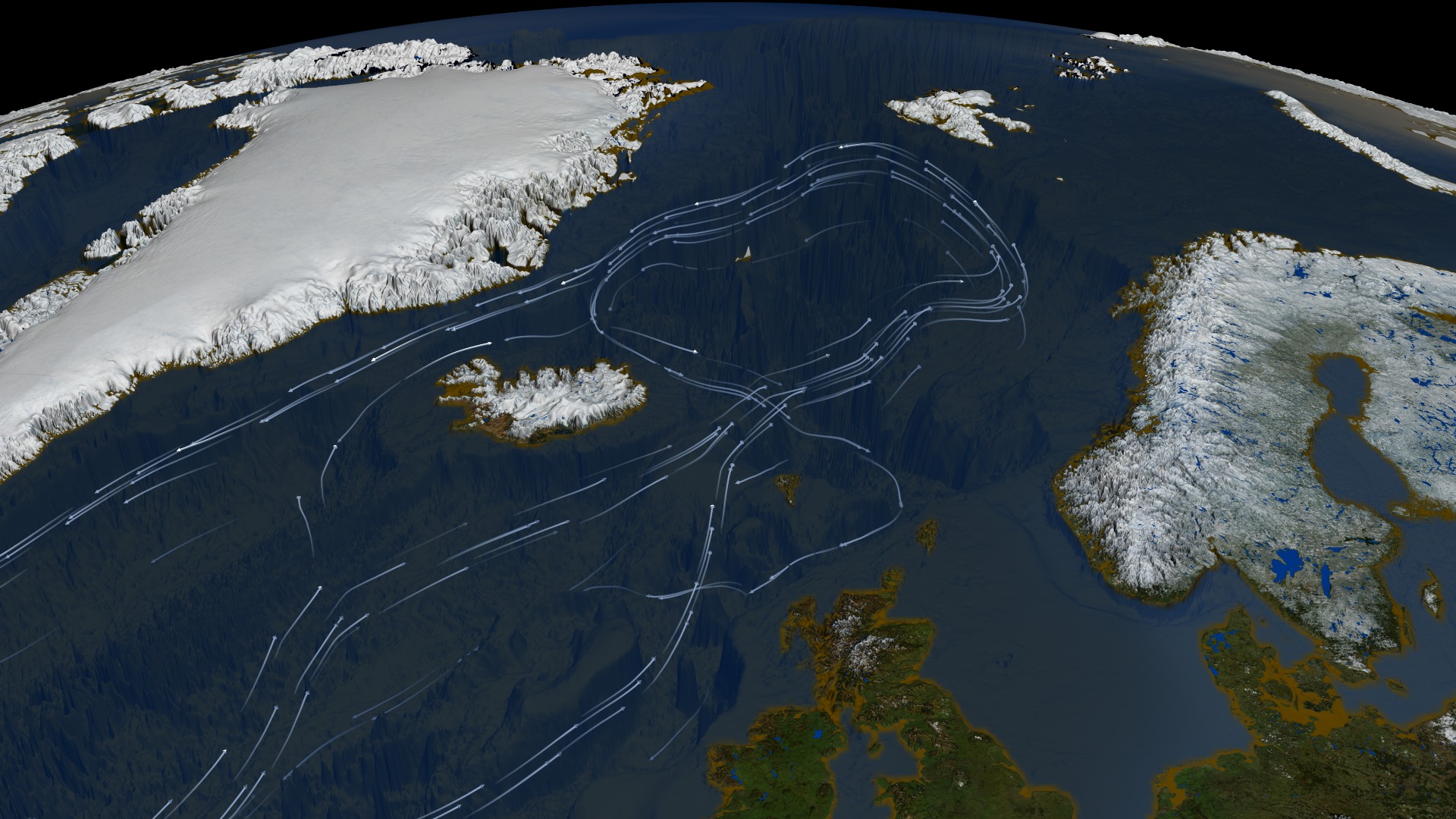
Denmark Strait cataract: The world's largest waterfall, hidden underwater and unlike any other on land
By Sascha Pare published
The Denmark Strait cataract is a sloping portion of the seafloor between Iceland and Greenland that funnels cold water from the Nordic Seas into the Irminger Sea, fueling Atlantic Ocean currents.
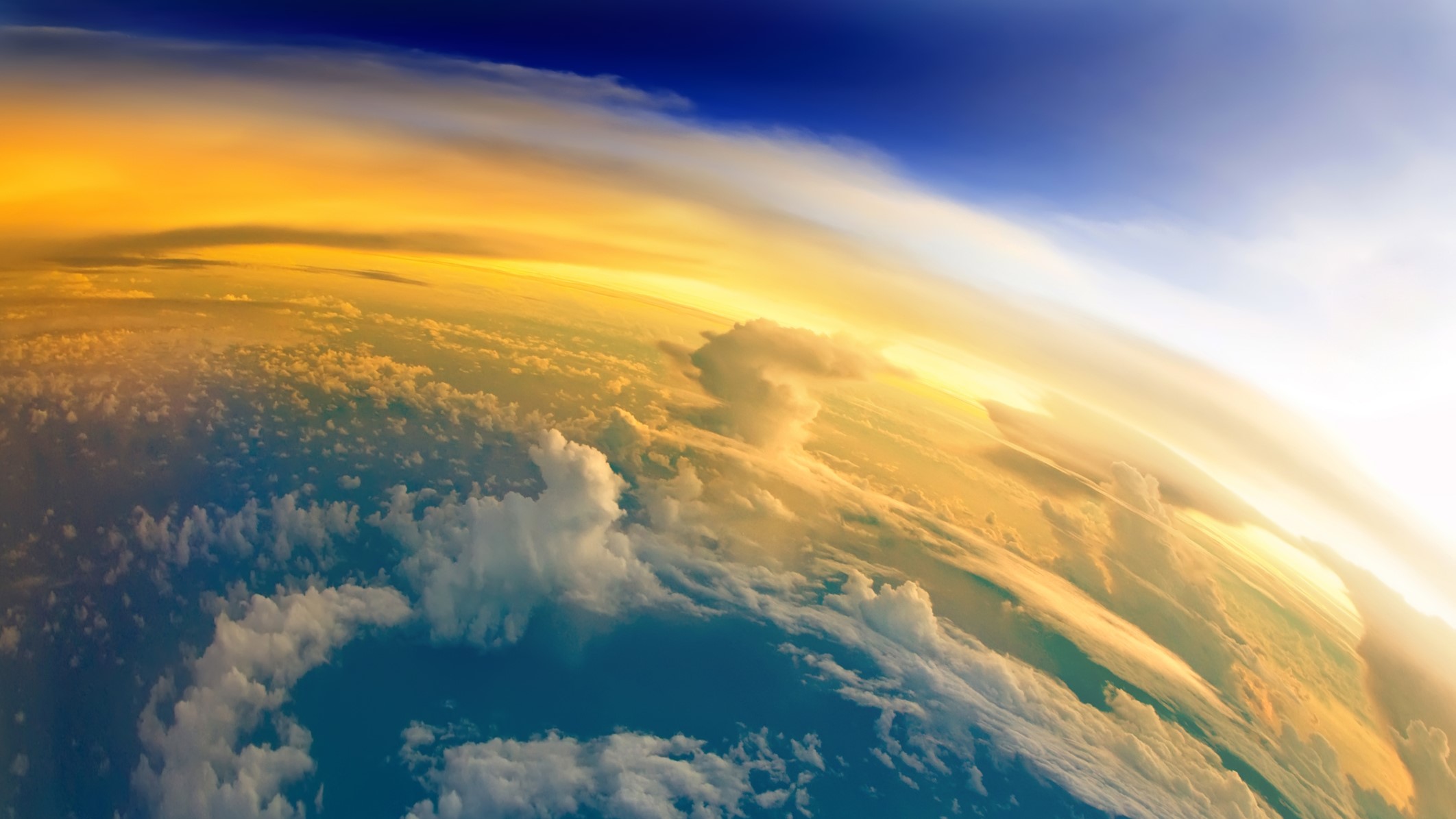
Scientists say sprinkling diamond dust into the sky could offset almost all of climate change so far — but it'll cost $175 trillion
By Sascha Pare published
The geoengineering scheme, known as stratospheric aerosol injection, would not be cheap, but scientists say it could buy us some time until we reach net-zero carbon.
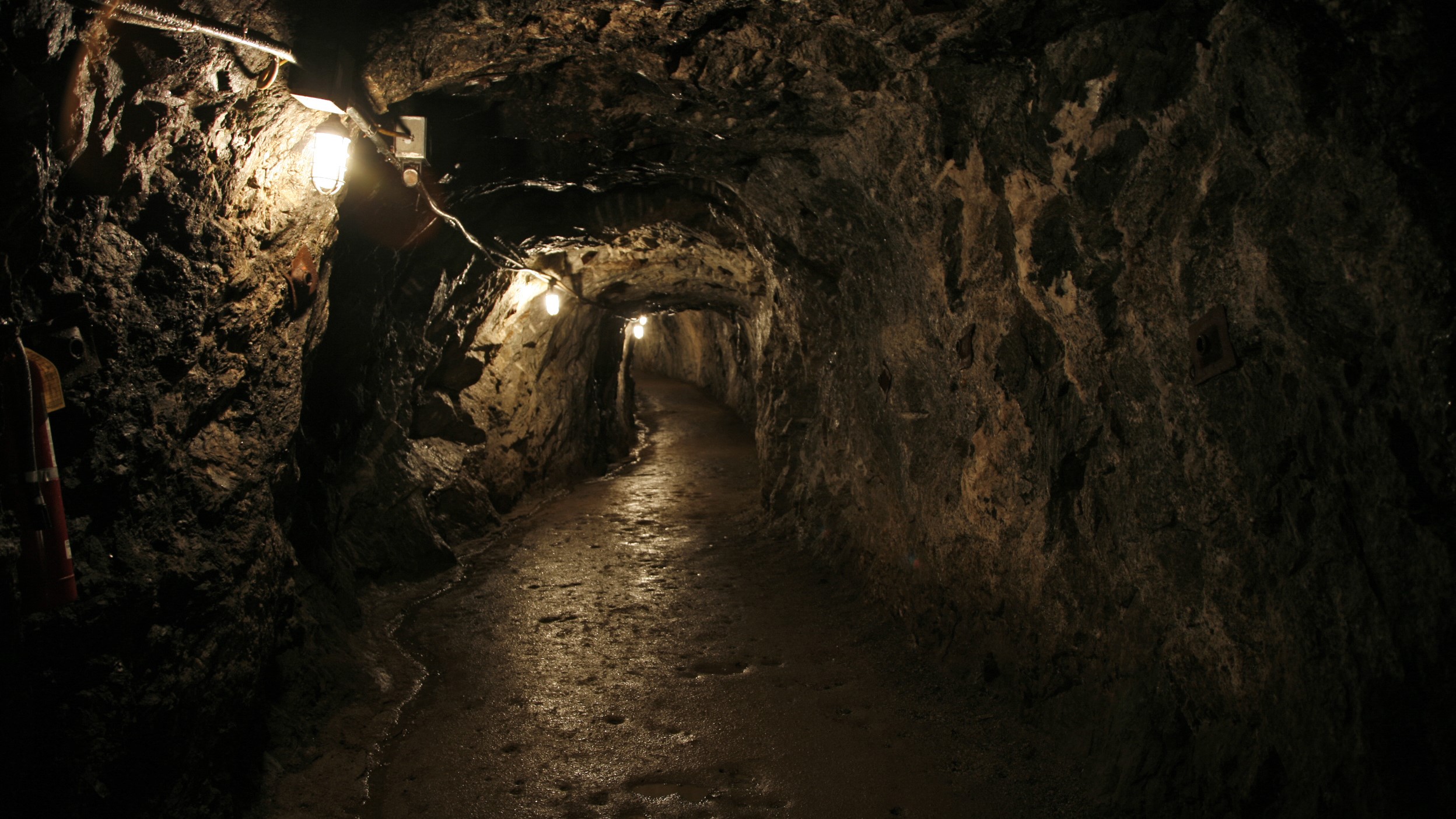
Just a fraction of the hydrogen hidden beneath Earth's surface could power Earth for 200 years, scientists find
By Sascha Pare published
Trillions of tons of hydrogen gas are likely buried in rocks and reservoirs beneath Earth's surface, but researchers aren't sure where it is yet.
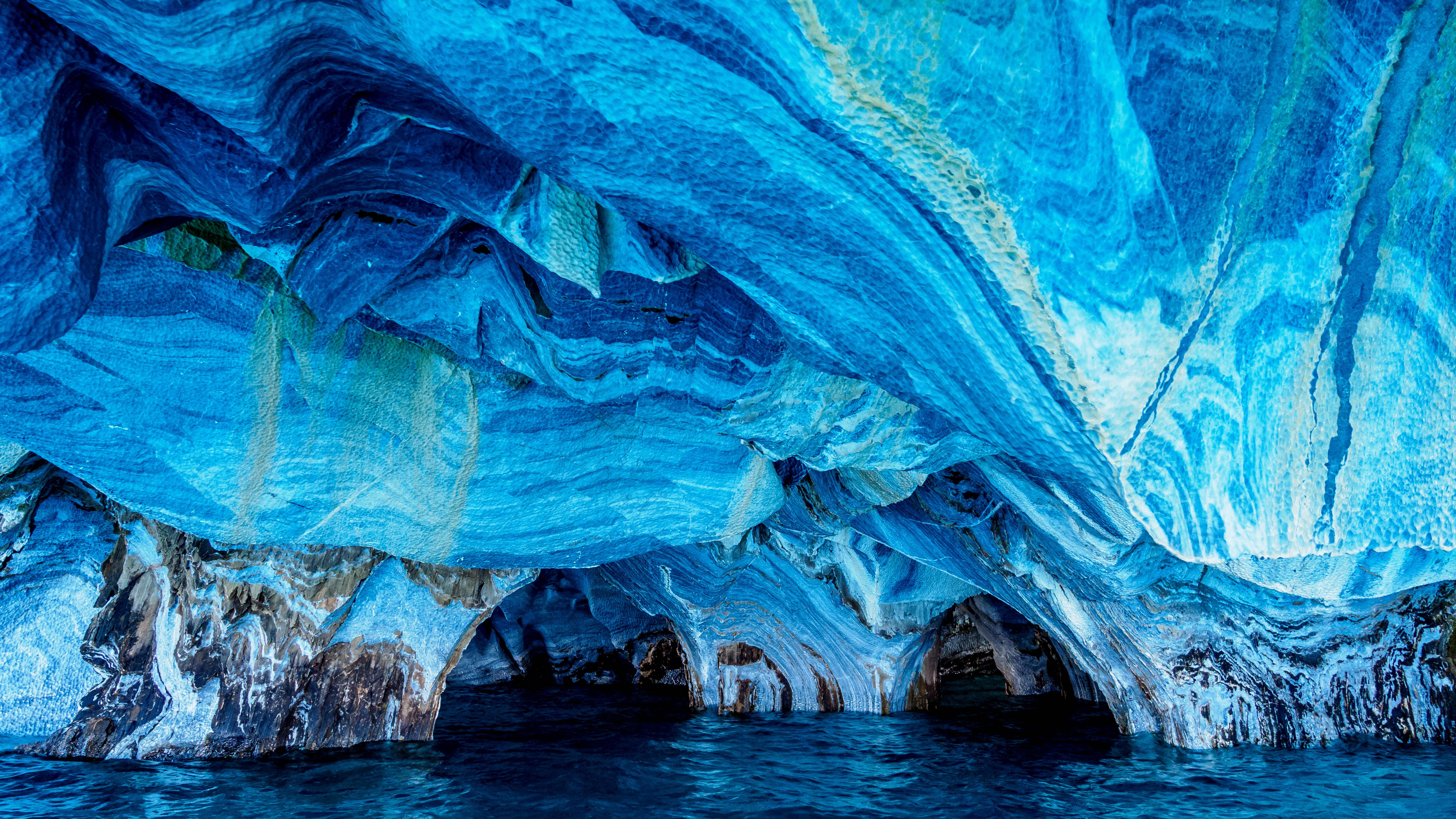
Marble Caves: Chile's ethereal turquoise caverns with 'mineral ice cream' on the walls
By Sascha Pare published
The Marble Caves sit on the shores of a turquoise glacial lake in southern Chile. Light bounces off the water onto the walls, creating a magical, ever-changing display inside the caverns.
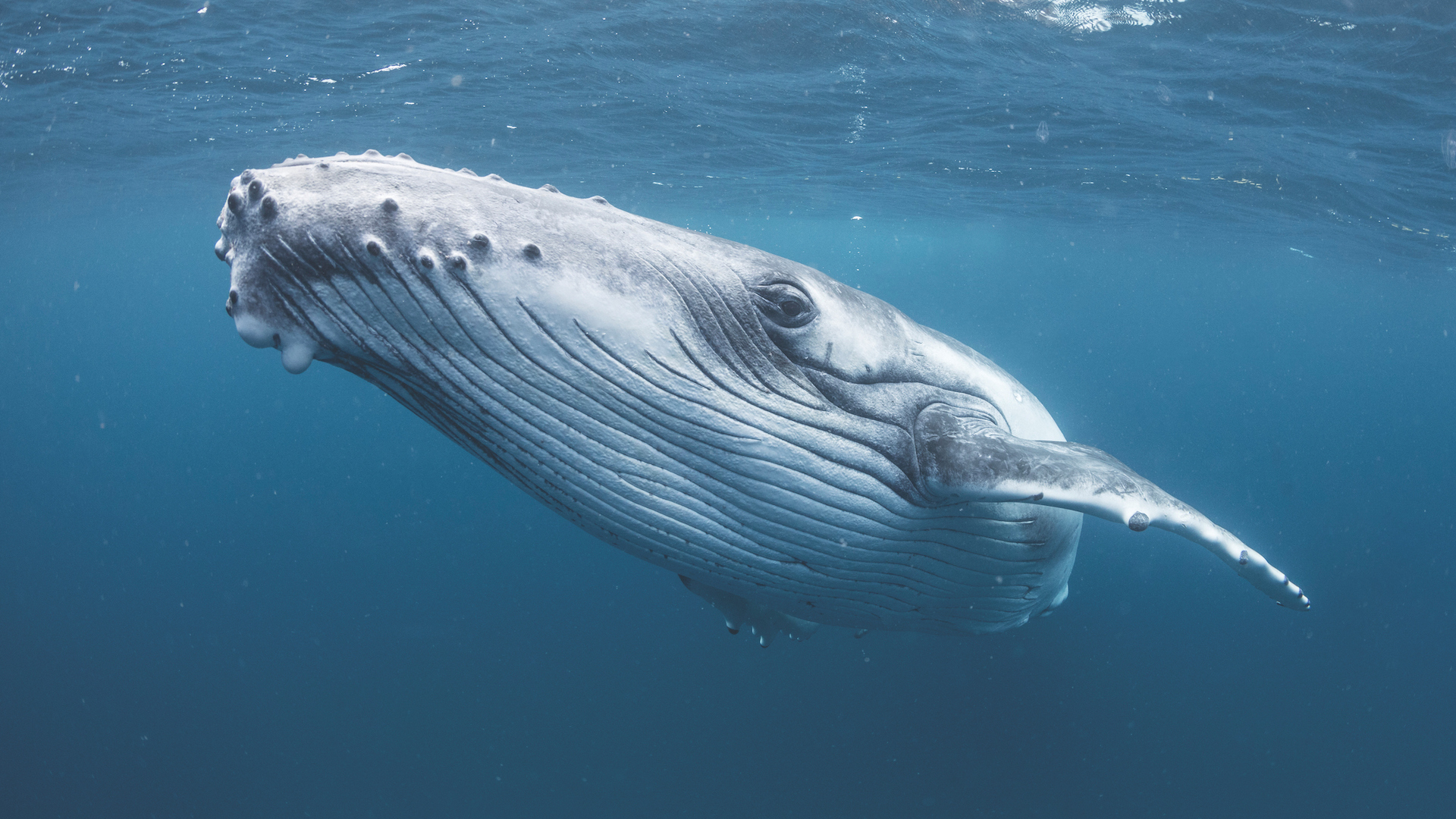
Male humpback whale crossed 3 oceans for sex, inadvertently breaking distance record for species
By Sascha Pare published
A male humpback whale swam 8,106 miles (13,046 km) from the Pacific to the Indian Ocean, mingling with other whale populations and potentially having sex with them along the way.
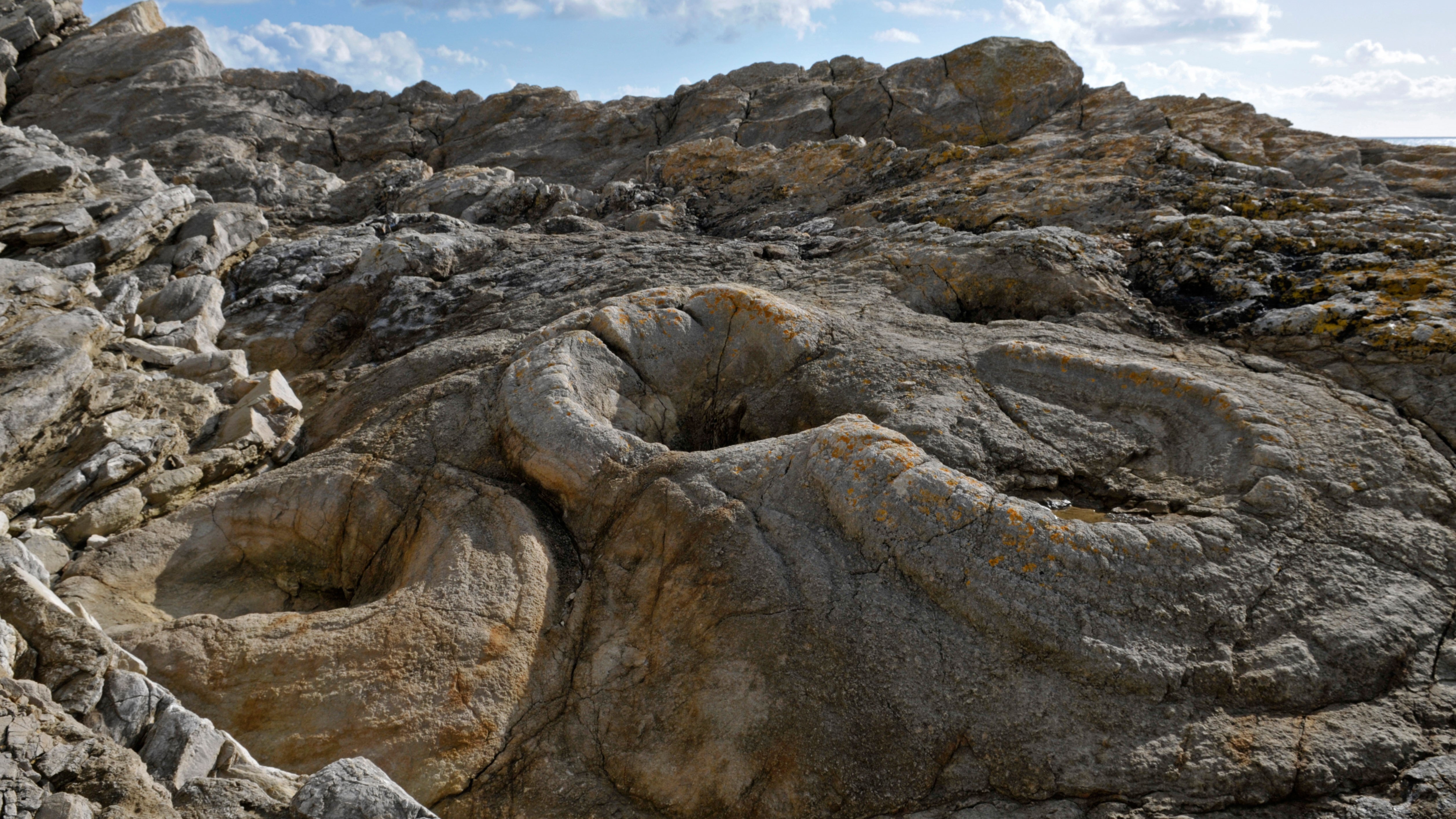
Fossil Forest, Dorset: England's 145 million-year-old tree stump fossils preserved by ancient microbes
By Sascha Pare published
The Fossil Forest in Dorset is a stretch of southern English coastline peppered with living mounds of limestone that hide the remains of cypress trees from the late Jurassic period.
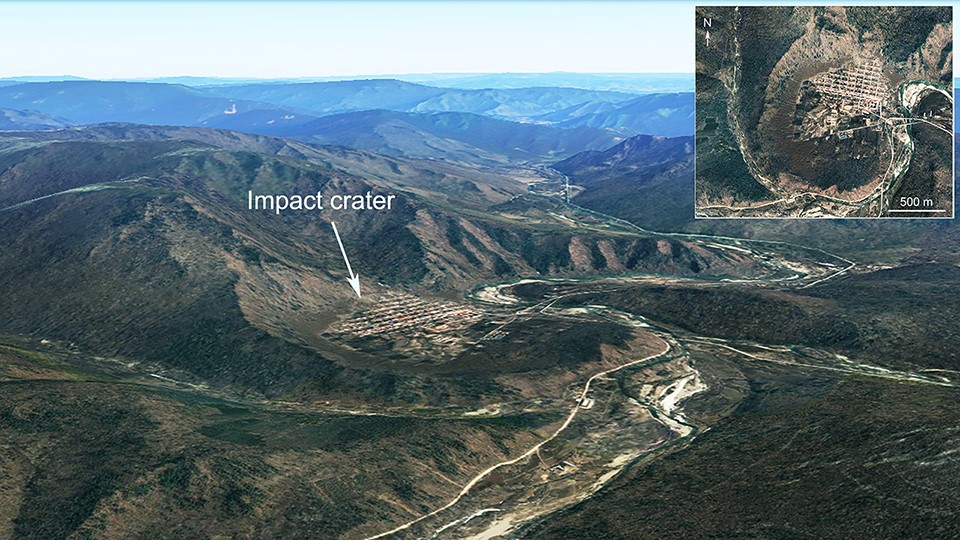
Hailin impact crater: China's newly discovered meteor pit born from a 'nuclear explosion level' event
By Sascha Pare published
The Hailin impact crater is a newly-discovered scar in the mountains of Northeast China left behind by a meteor impact, but geologists aren't sure exactly when this happened.
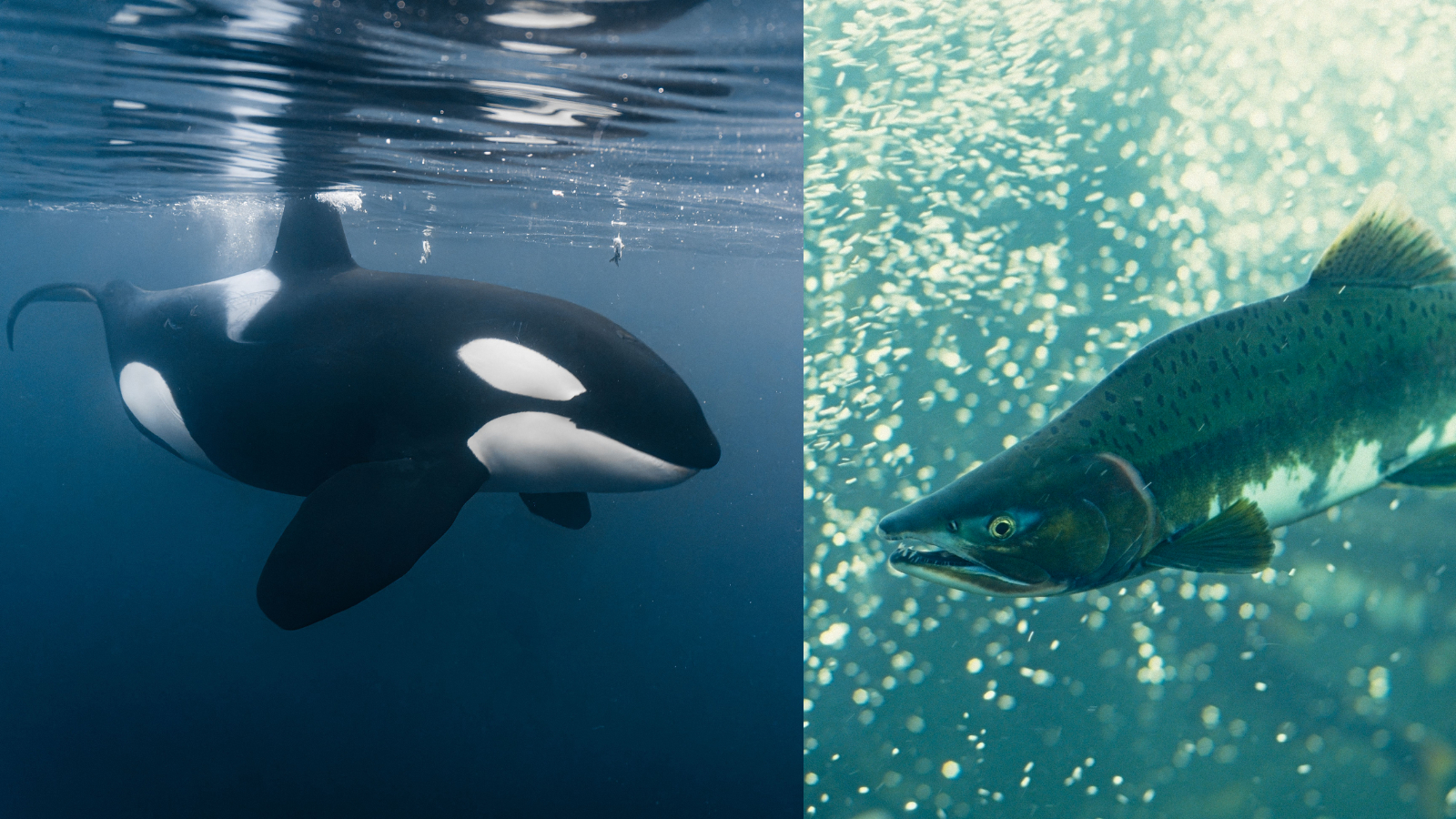
Orcas start wearing dead salmon hats again after ditching the trend for 37 years
By Sascha Pare published
Orcas off the coast of Washington State are balancing dead fish on their heads like it's the 1980s, but researchers still aren't sure why they do it.
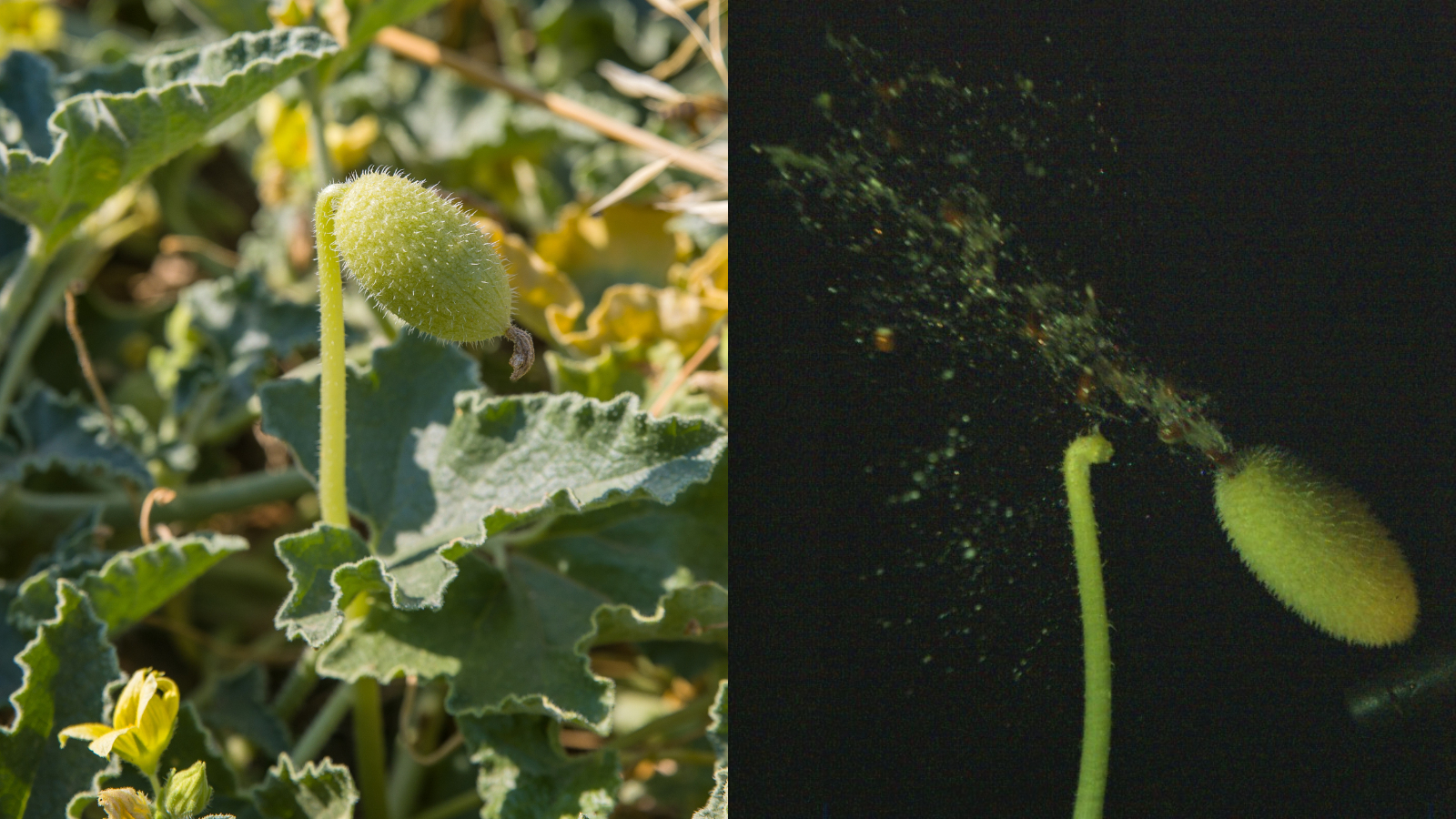
Squirting cucumbers thicken and stiffen to eject seeds with 'remarkable speed and precision,' study finds
By Sascha Pare published
Squirting cucumbers shoot their seeds up to 33 feet (10 m) away from the mother plant to avoid overcrowding and competition, but exactly how they do it has long remained a mystery.
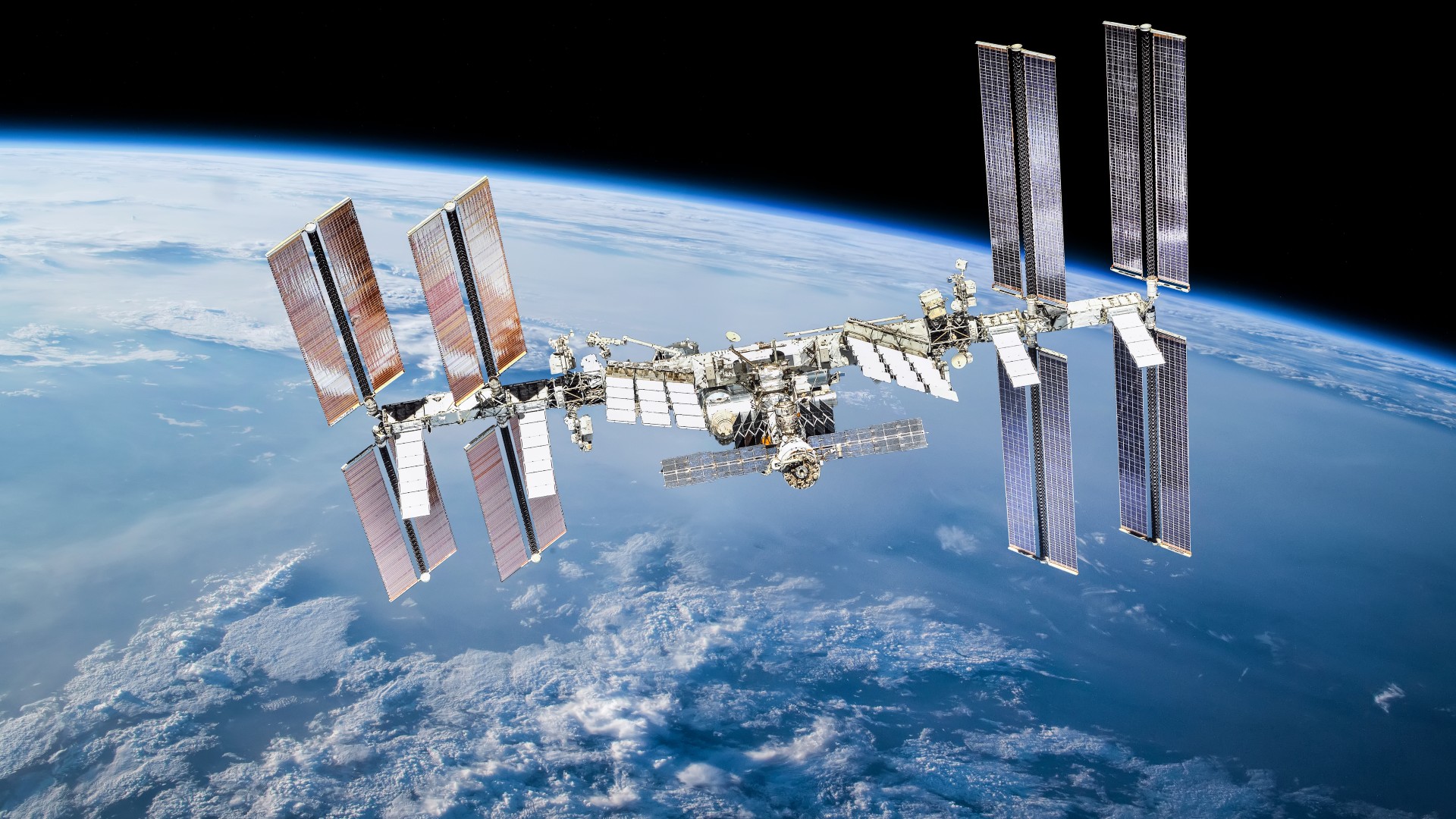
ISS dodges its 39th piece of potentially hazardous space junk. Experts say it won't be the last.
By Sascha Pare published
The ISS performed its 39th ever space junk collision avoidance maneuver on Nov. 19. Although it was the first such maneuver in 2024, it may not be the last, experts say.

Indian Ocean gravity hole: The dent in Earth's gravitational field created by the death of an ancient ocean
By Sascha Pare published
The Indian Ocean "gravity hole" is a region where Earth's mass is reduced, leading to weak gravitational pull, lower-than-average sea levels and a puzzle scientists have only just begun to solve.
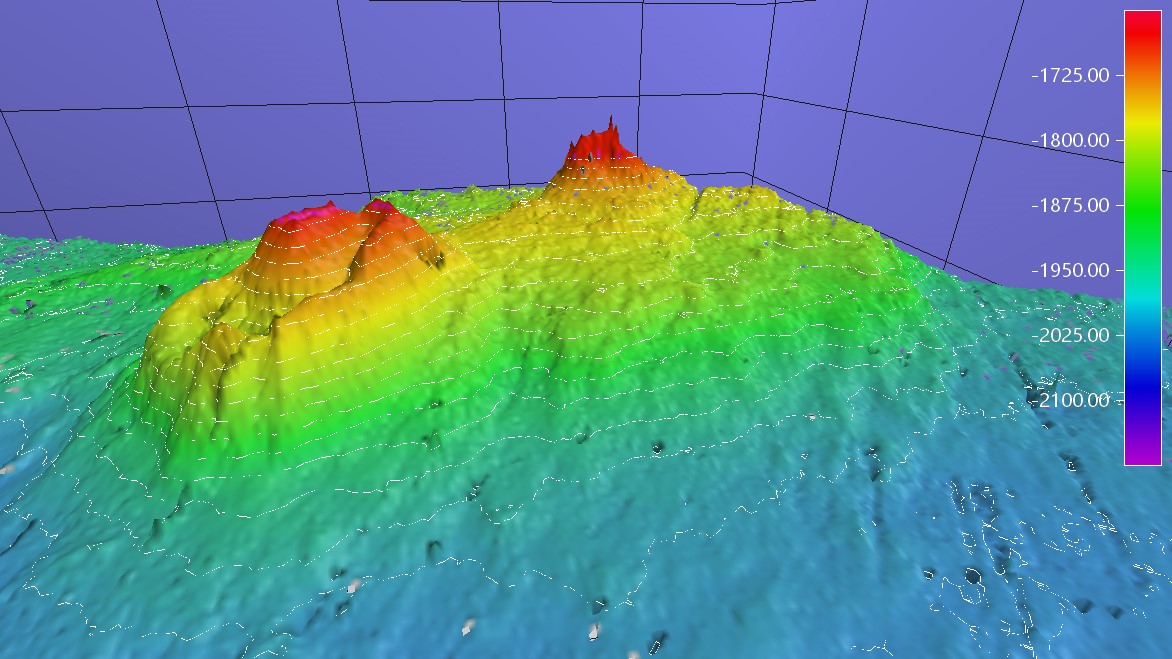
Underwater volcano-like structure is spewing gas off Alaska's coast, US Coast Guard says
By Sascha Pare published
Mapping in the Chukchi and Beaufort seas off Alaska has uncovered a 1,640-foot-tall structure on the seafloor, but scientists say it's too early to determine the nature of the discovery.
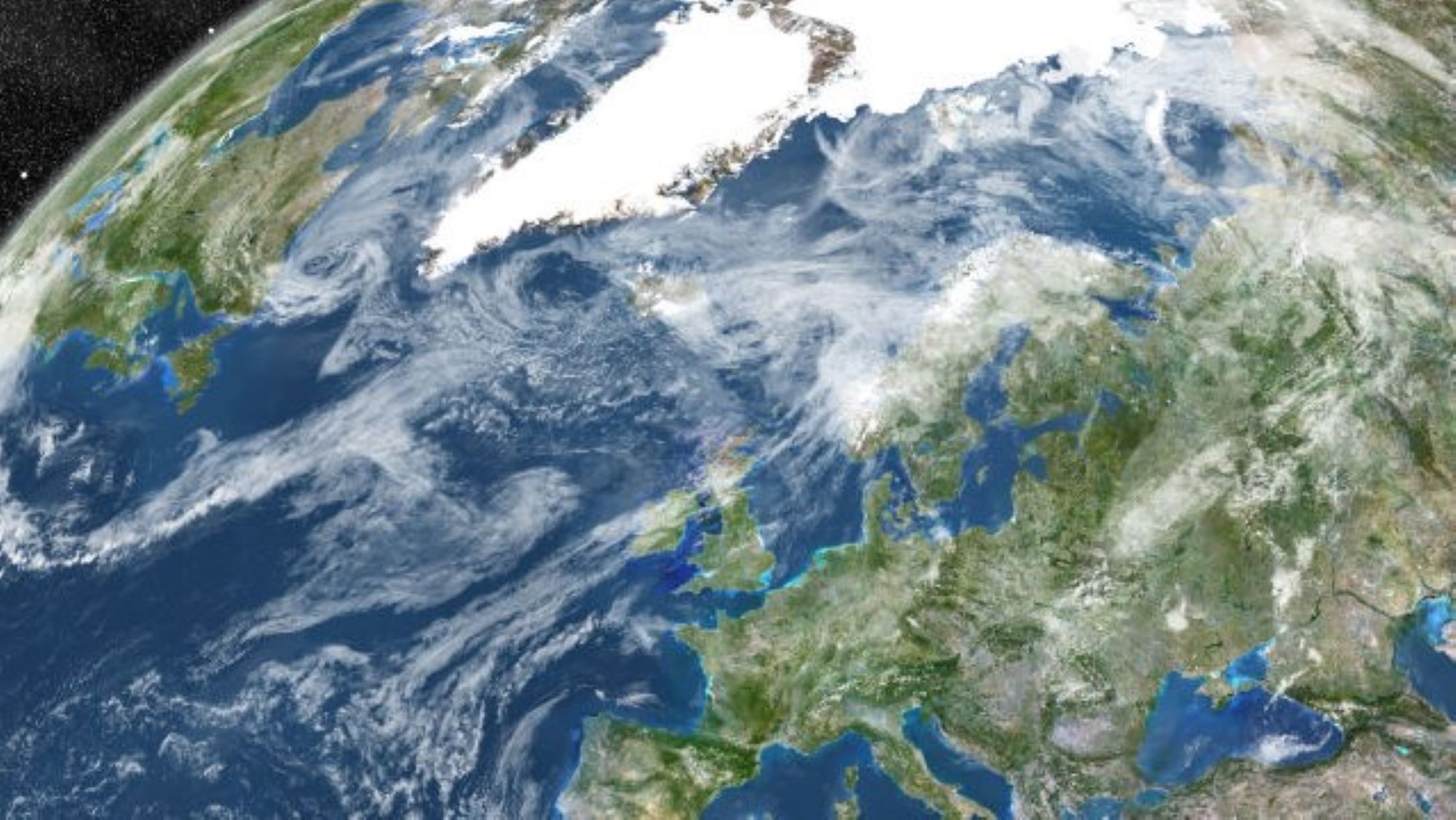
This spot will be key to the inevitable collapse of a key Atlantic current
By Sascha Pare published
New modeling research reveals that the Atlantic Meridional Overturning Circulation (AMOC) is particularly vulnerable to shifts in the Irminger Sea from increasing Arctic meltwater.
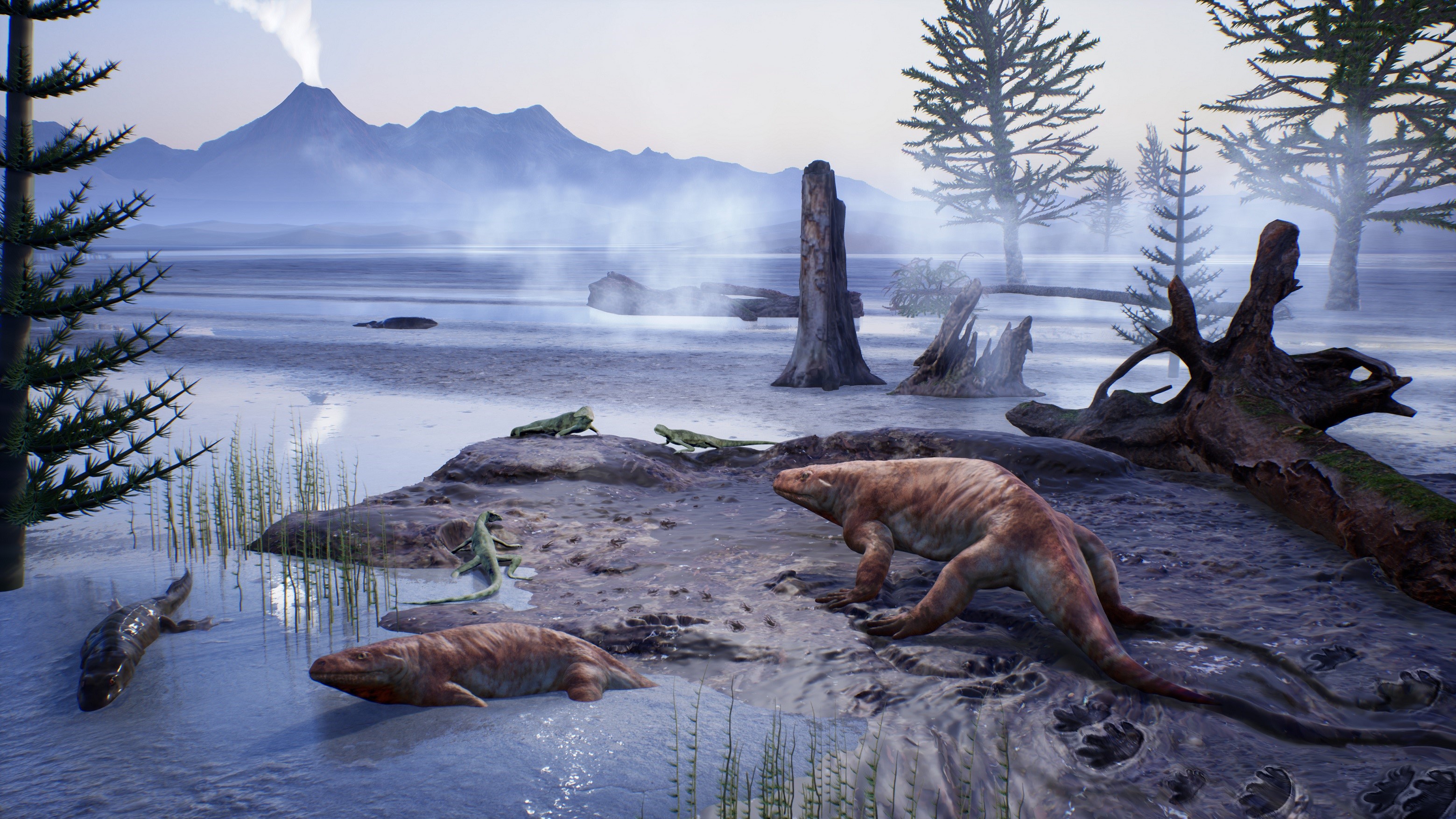
Woman accidentally discovers 280 million-year-old lost world while hiking in Italian Alps
By Sascha Pare published
Stunningly preserved fossils of reptilian footprints and underbellies discovered last year in the Italian Alps have helped researchers unearth a tropical lakeside ecosystem that predates dinosaurs.
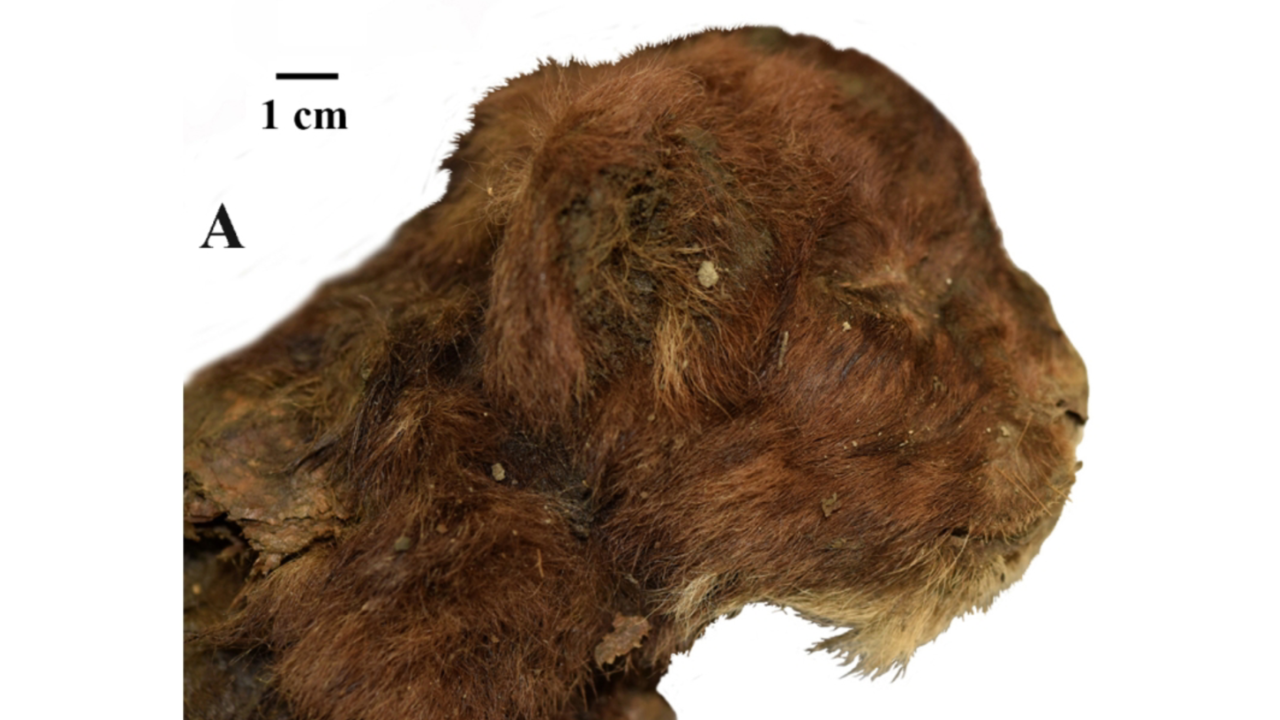
35,000-year-old saber-toothed kitten with preserved whiskers pulled from permafrost in Siberia
By Sascha Pare published
Researchers have analyzed mummified remains pulled from Siberia's permafrost in 2020 and determined they belong to a 3-week-old saber-toothed kitten that died at least 35,000 years ago.
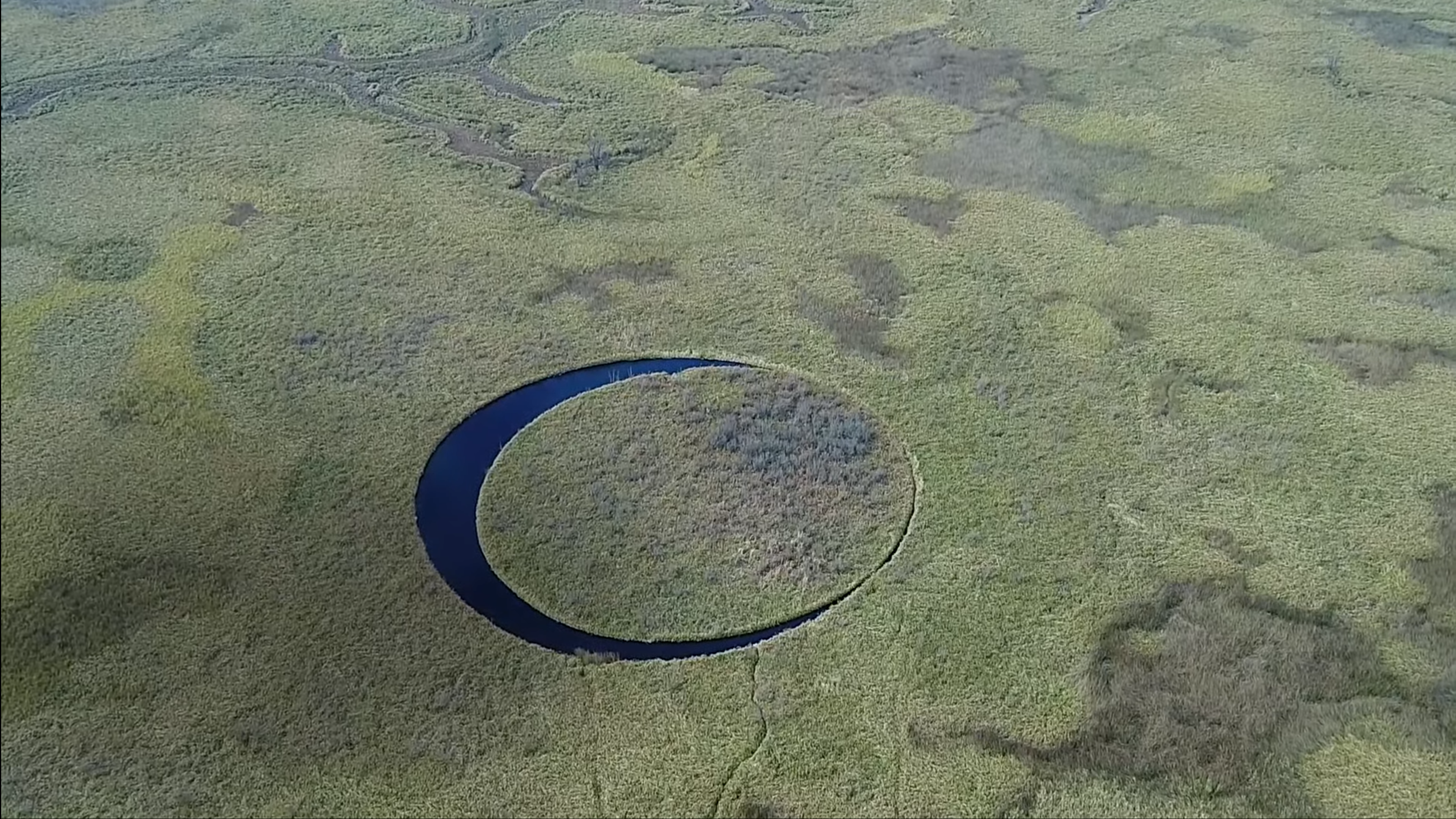
El Ojo: The mysterious floating island in Argentina's swampland that looks like a perfectly round eye
By Sascha Pare published
Argentina's El Ojo is said to harbor UFOs and the ghosts of ancient deities, but as far as scientists can tell, the island is simply a fluke of nature that formed through erosion and water currents.
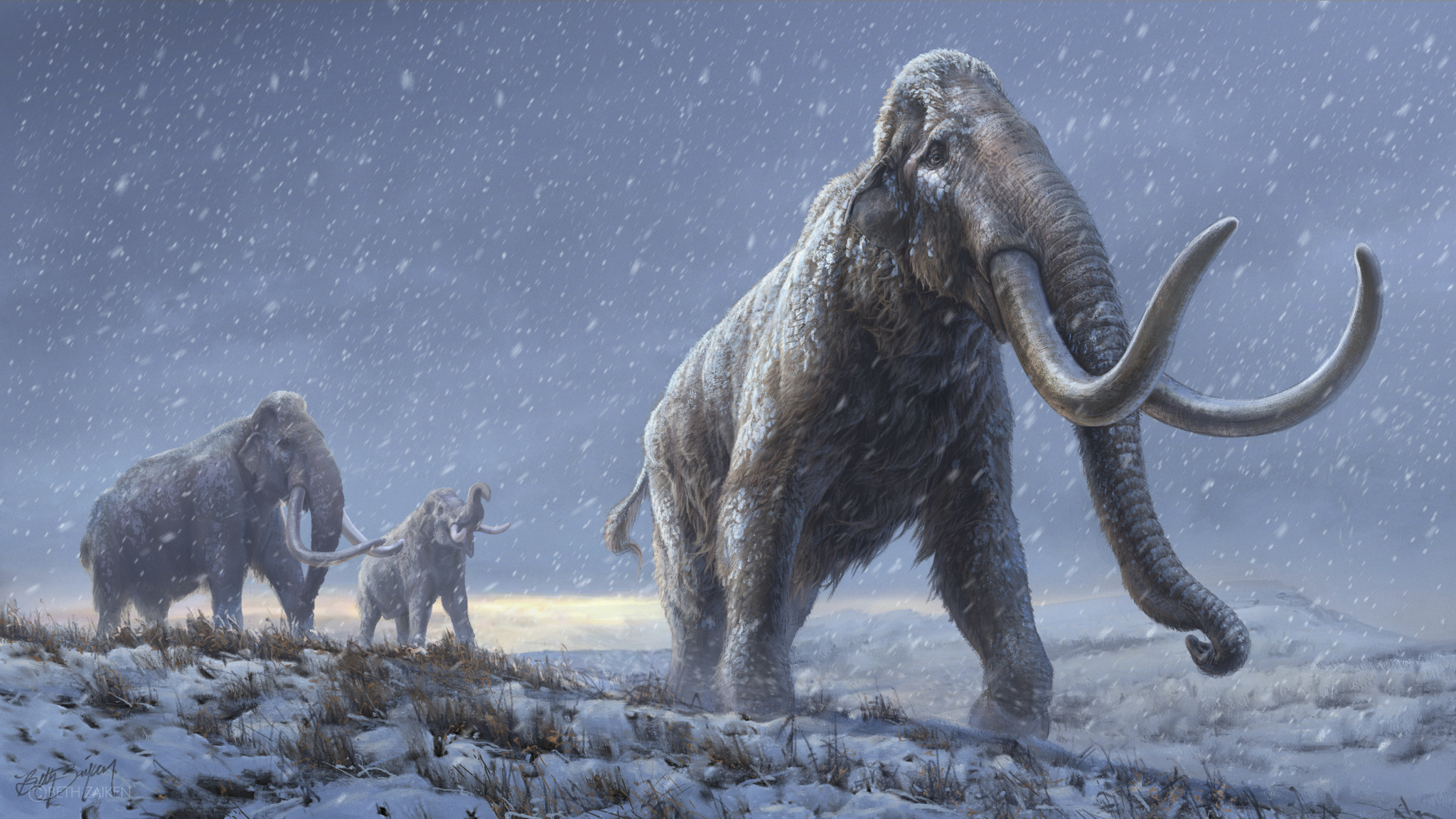
Mammoth quiz: Test your knowledge of the ice age beasts
By Sascha Pare published
Quiz Most of us are familiar with the mammoths in "Ice Age," but how much do you really know about these creatures? Find out by taking our quiz.

Charles Darwin quiz: Test your knowledge on the 'father of evolution'
By Sascha Pare published
Quiz Charles Darwin is famous for proposing the theory of evolution by natural selection, but how much more do you know about the British naturalist?

Pando: The world's largest tree and heaviest living organism
By Sascha Pare published
Pando is a giant aspen clone in central Utah that has been regrowing parts of itself for up to 80,000 years — but new threats mean the plant is now in decline.
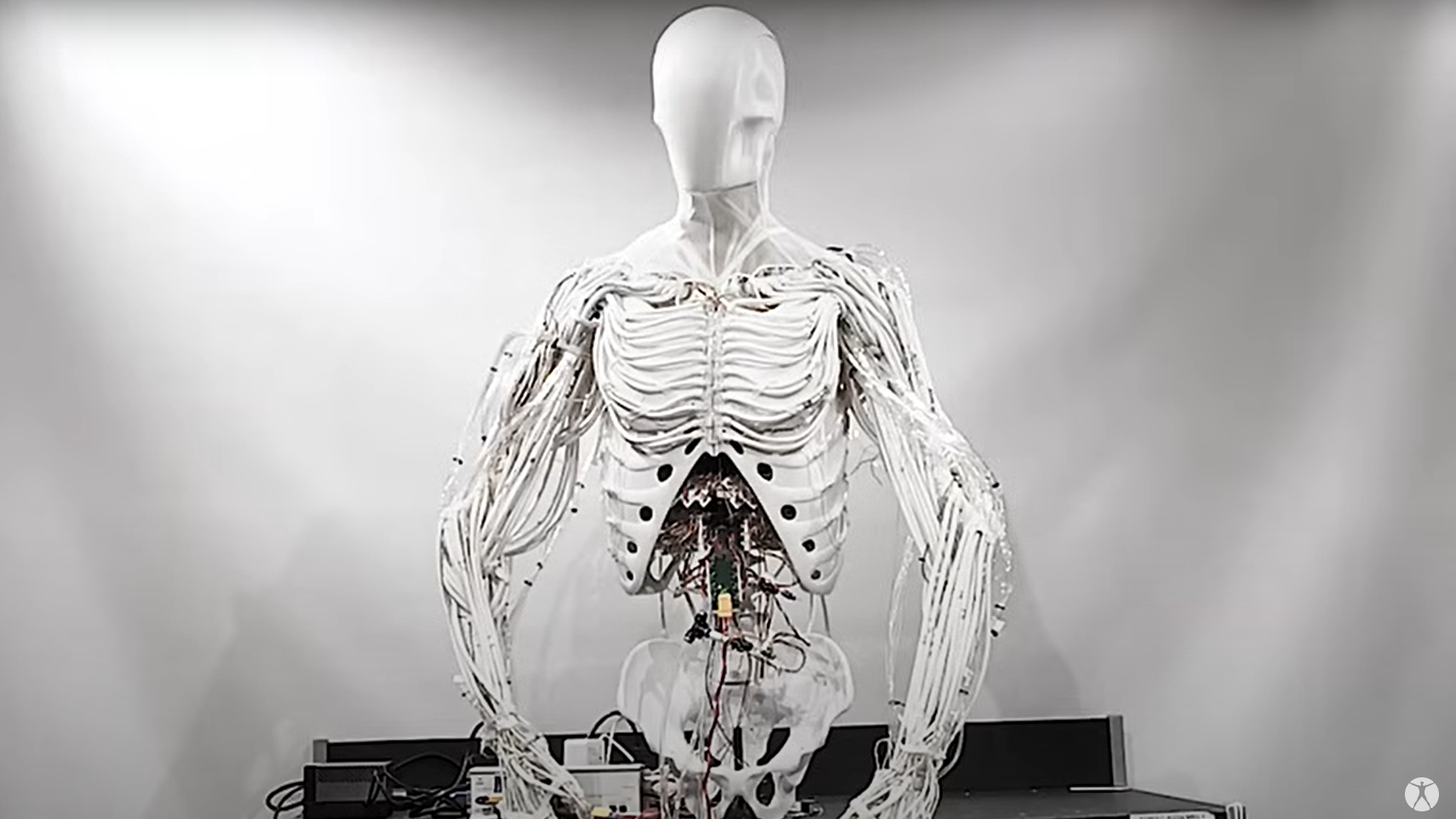
Watch this terrifying robotic torso spring into life
By Sascha Pare published
Startup Clone Robotics has created an ultra-creepy humanoid torso with artificial muscles that are activated through a battery-powered hydraulic system and covered in ghostly-white "skin."
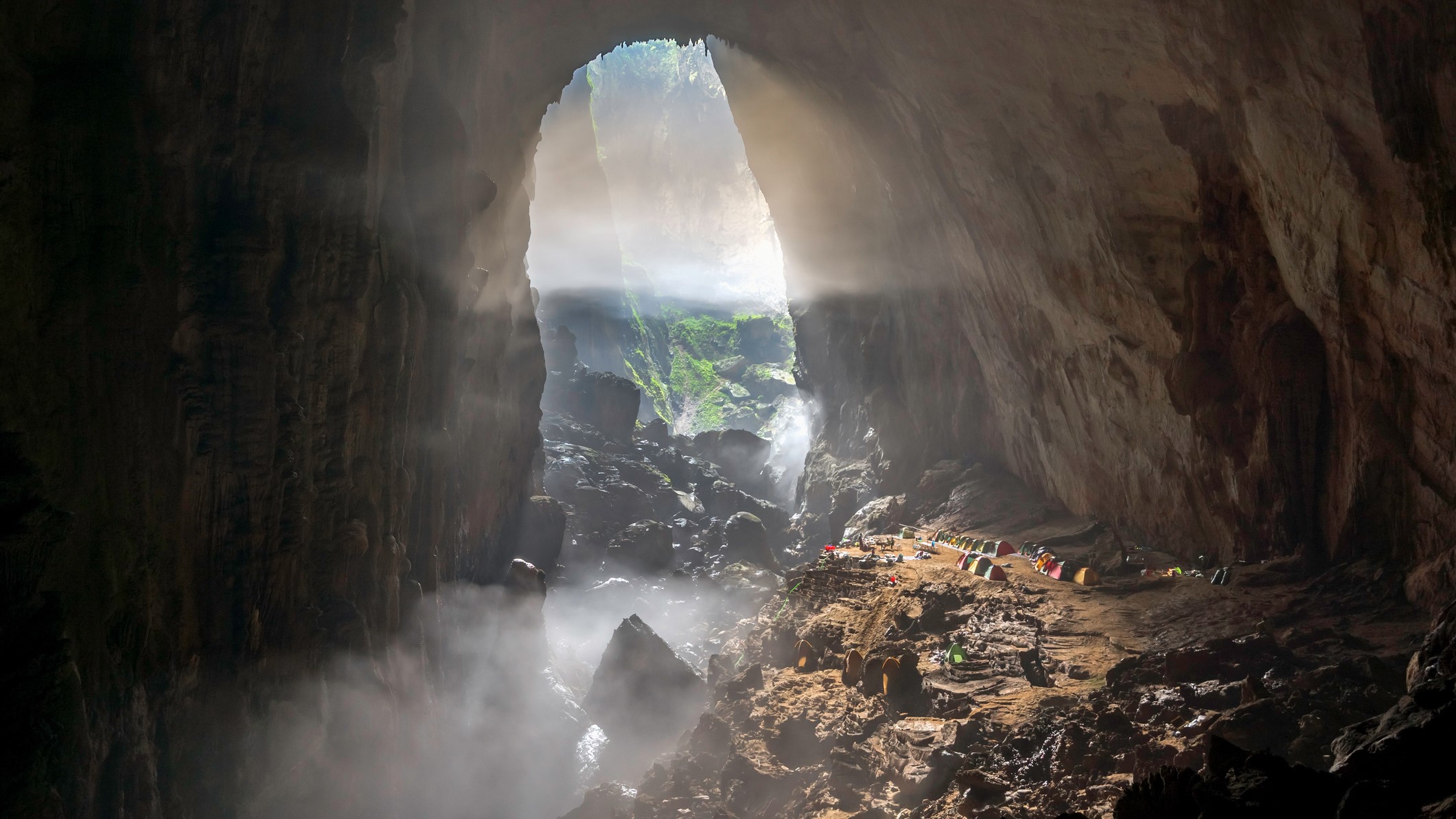
Hang Son Doong: The world's biggest cave, so 'outrageous in size' it fits 2 jungles and the 'Great Wall of Vietnam'
By Sascha Pare published
Vietnam's Son Doong cave is so large, you could squeeze 15 Great Pyramids of Giza inside it and fly a Boeing 747 airplane through some of its passages.
Sign up for the Live Science daily newsletter now
Get the world’s most fascinating discoveries delivered straight to your inbox.
